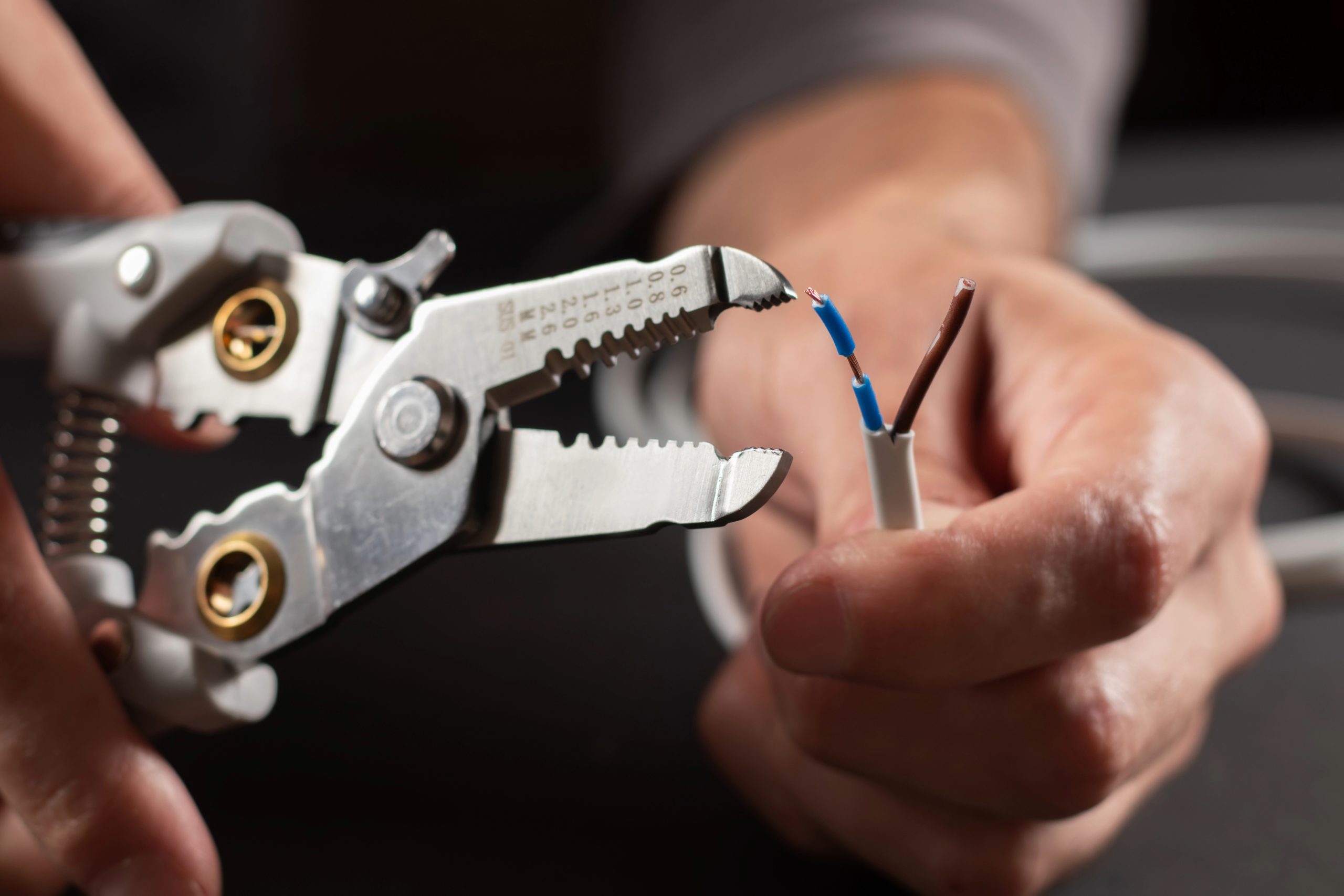Overloaded Circuits

Picture it: you’re watching TV in the living room on a cold January day, then suddenly find yourself in the dark and the cold — all because someone started the microwave in the kitchen.
The problem? It could be an overloaded circuit. A circuit overload occurs when appliances, TVs and other electronics like a toaster oven, for instance, draw more electricity than one circuit can handle. In other words, you asked your electrical system to do more than it’s designed to do. It’s a problem particularly common in older homes with outdated wiring.
Not only can these cause inconvenient power outages, but could lead to more serious problems down the road.
Watch for these warning signs that indicate your electrical system is overloaded:
1.Lights often flicker, blink or dim momentarily.
2.Circuit breakers trip or fuses blow often.
3.Cords or wall plates are warm to the touch or discolored.
4.Crackling, sizzling or buzzing is heard from outlets.
It might be tempting to ask a handy family member or next-door neighbor to make the repairs. But when it comes to repairing anything electrical, always call a professional. The time and investment in performing a few home repairs and upgrades are small compared to the protection and safety they can provide.
